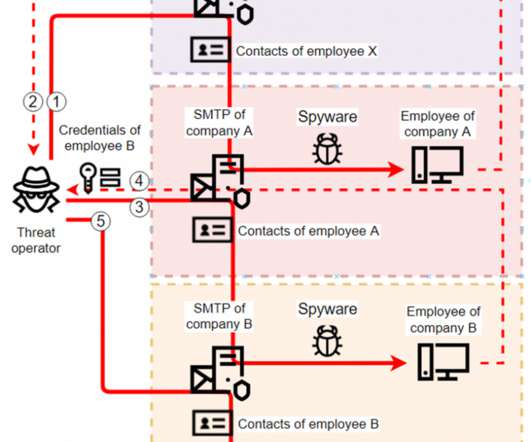Types of Malware & Best Malware Protection Practices
eSecurity Planet
FEBRUARY 16, 2021
Attackers often use botnets to send out spam or phishing campaigns to carry out distributed denial of service (DDoS) attacks. Additional features of botnets include spam, ad and click fraud, and spyware. Firmware rootkit. Jump ahead: Adware. Bots and botnets. Browser hijacker. Malicious mobile app. RAM scraper. Ransomware.











Let's personalize your content